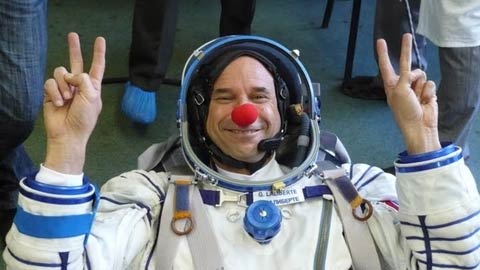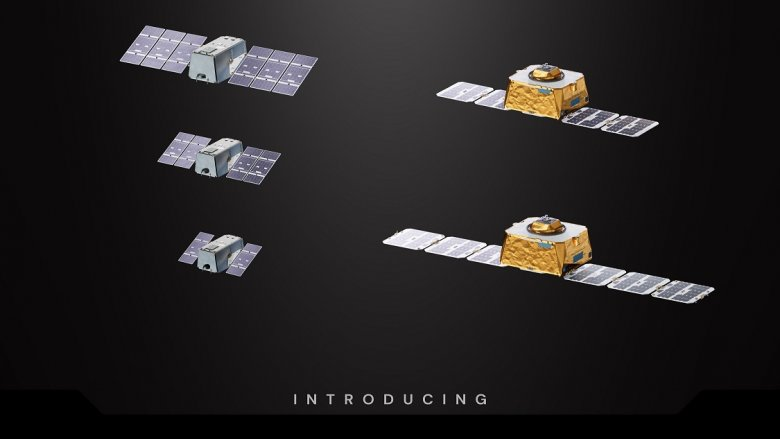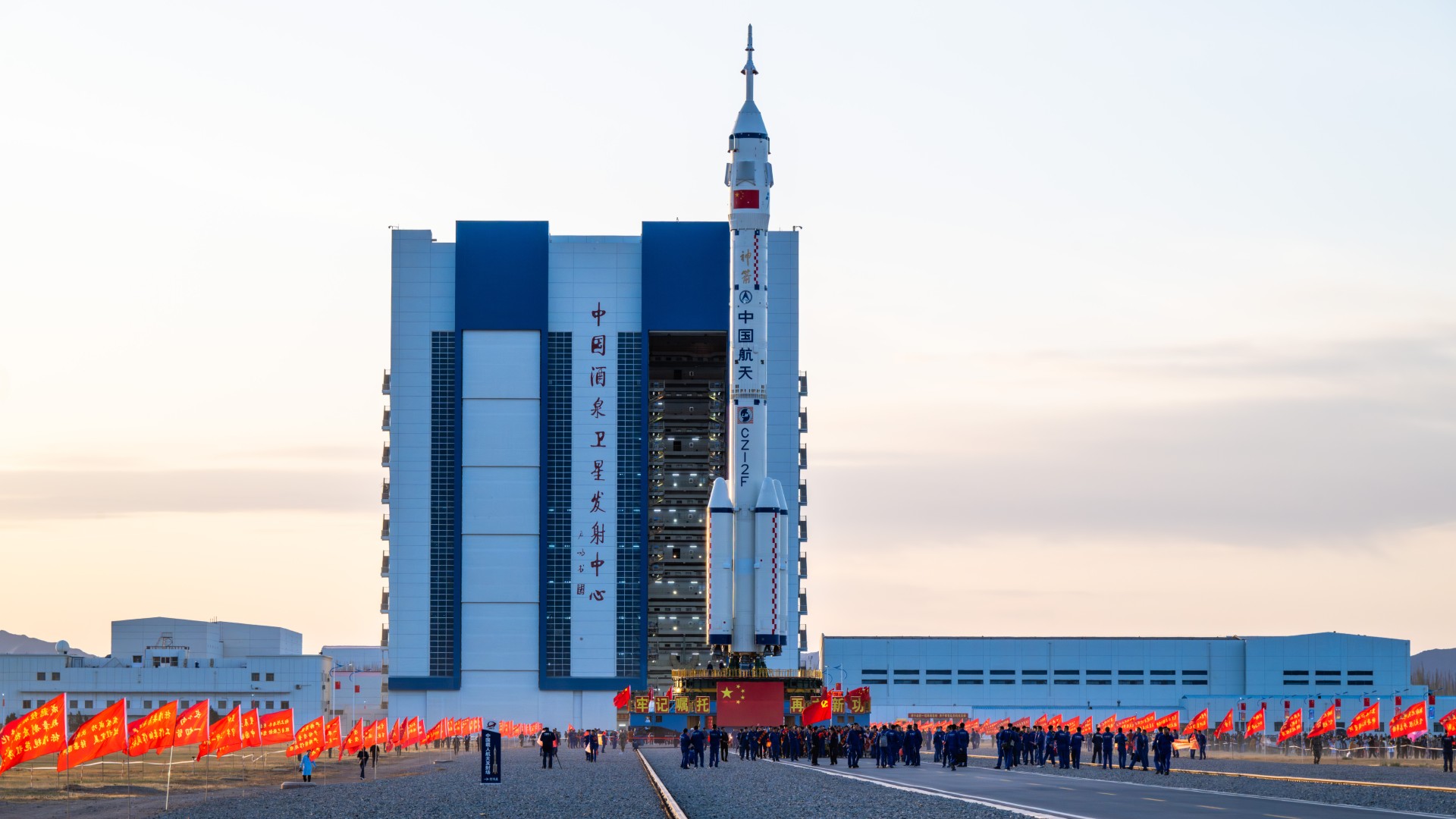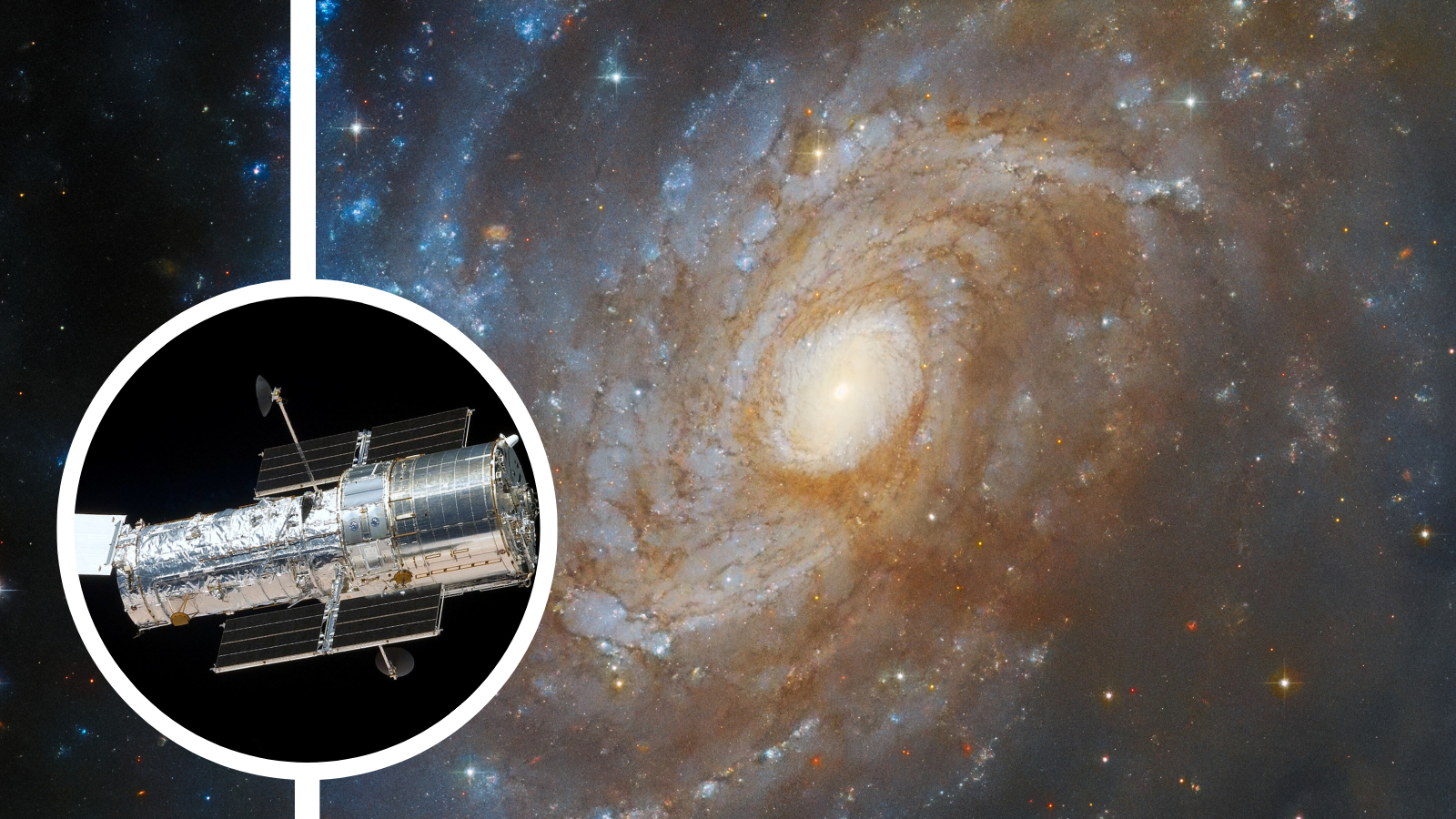Clown, Cosmonauts and Kids Choose Space Mission's Symbols

From a stuffed lion to a faux film poster, a colorful badgeto a red clown's nose, the three cosmonauts who launched early Wednesdaymorning to the International Space Station (ISS) outfitted their Soyuz capsuleand spacesuits with symbols representing their lives on Earth and missions inorbit.
Russian cosmonaut Maxim Suraev, American astronaut JeffreyWilliams and Canadian spaceflight participant Guy Lalibert? lifted off on-board Soyuz TMA-16 from Russia'sBaikonur Cosmodrome in Kazakhstan at 3:14 a.m. EDT (0714 GMT). They will arriveat the station on Friday, where Suraev and Williams will begin a six-monthstay as members of the outpost's 21st and 22nd expedition crews.
A circus performer-turned-entrepreneurand philanthropist, Lalibert? will return to Earth after nearly two weeks,having paid upwards of $35 million as the seventh orbital client of the U.S.space tourism firm Space Adventures, Ltd.
Have clown nose, will travel
Lalibert? began his professional life as a street performer,walking on stilts and fire eating, before co-founding Cirque du Soleil in 1984.The Canadian circus company stages a "mix of circus arts and streetentertainment" with touring and permanent shows around the world.
From the start of his training, Lalibert? made it clear howhis inner-performer would manifest itself in space; in fact, he made it asclear as the red clown nose on his face.
"I'm not a professional cosmonaut, an astronaut, sowhat I'm bringing up there is what I am. And what I am is an artist, acreative," he said, displaying the costume nose that he had been seenwearing over the past few months and which he plans to don in space.
Get the Space.com Newsletter
Breaking space news, the latest updates on rocket launches, skywatching events and more!
Lalibert? packed nine of the noses for his journey, one foreach of his crew mates and himself while aboard the ISS.
"We're building up to nine and eventually there may bea million up there!" he boasted.
In addition to wearing the noses, Lalibert? used them tofulfill a long Russian tradition of planting a tree for each cosmonaut. Duringthe customary ceremony held with his crew mates, Lalibert? revealed a flowerthat was made of red nose petals and a yellow nose for its center.
After planting the "flower," the groundsurrounding it was watered, which served to couple Lalibert?'s two symbols.
Just as the clown nose represented who he is, the drop ofwater symbolizes the purpose of his space mission.
Lalibert?'s "Poetic Social Mission" revolvesaround a two-hourlive webcast scheduled for Oct. 9 promoting the importance of access toclean water for all. Organized by his non-profit ONE DROP Foundation, thebroadcast will feature the performance of a poetic fairy tale about water asstaged in 14 cities around the world by artists and notable individuals such asShakira, Peter Gabriel, U2, and former U.S. Vice President Al Gore, as well as,of course, Lalibert? from aboard the station.
Lalibert?'s personal mission patch highlights his cause bydepicting a water drop encompassing the Earth. Around the drop are othersymbols of his spaceflight including the Soyuz rocket taking him to space andthe ISS, as well as the flags of his and his crew mates' nations.
Kids' stuff
In addition to wearing his own patch, Lalibert?'s spacesuitalso includes the badge designed for the TMA-16 flight.
Continuing a recent tradition that began earlier this year,Suraev and Williams based their Soyuz insignia on the art submitted by 14-yearold Nastya Mestyashova from the Orenburg region of Russia. Mestyashova entereda contest first held by Roscosmos, Russia's Federal Space Agency, in support ofthe Soyuz TMA-14 mission, from which her drawing was selected by Suraev andWilliams.
Her design, which featured a cosmonaut and three large stars-- one for each crew member -- was incorporated to form the Soyuz TMA-16 patch.The final version also has the American, Russian and Canadian flags, as well asa growing plant that gradually transforms into a fiery rocket trail and aspacecraft, which forms the Roman numeral and mission designation "16."
As her prize, Mestyashova was invited to the launch to witnessher artwork fly.
Suraev also honored another tradition involving children,inviting his two daughters to select the flight's mascot -- a plush toy lionhung in the Soyuz spacecraft that served as a "zero-g indicator" whenit began to float.
His young daughters kept the lion under their pillows to ensurethat it smelled of home. "It's like part of their soul coming withme," Suraev told collectSPACE.com.
Mocking movie memories
Before leaving for space, the crew together recognized amilestone for another cosmonaut tradition said to bring good luck to themission.
"We pointed out that this year is the 40th anniversarywhen 'The White Sun of the Desert' movie was made and we have a traditionobserved unfailingly that... both the prime and back-up crews will watchit," said Suraev during a pre-flight press conference.
To honor the 1969 film, a comedy about a Russian soldierfighting in Central Asia, the crew had produced a parody of its poster,replacing their faces for those of the actors and their Soyuz for the film'sship.
Lalibert? also arranged some special apparel, which he andhis two crew mates revealed at the close of the press conference.
"Also Guy made t-shirts," Suraev announced, as thetrio unzipped their flight suits to reveal their likenesses from the posterprinted on their chests.
"You have to make [a] funny picture," said Guy,letting his inner clown shine through.
- Video - Tour the Space Station's Bathroom
- Video - Challenging Command: Belgian Astronaut Leads Crew of Six
- New Show - Inside the International Space Station
Copyright 2009 collectSPACE.com. All rights reserved.
Join our Space Forums to keep talking space on the latest missions, night sky and more! And if you have a news tip, correction or comment, let us know at: community@space.com.

Robert Pearlman is a space historian, journalist and the founder and editor of collectSPACE.com, a daily news publication and community devoted to space history with a particular focus on how and where space exploration intersects with pop culture. Pearlman is also a contributing writer for Space.com and co-author of "Space Stations: The Art, Science, and Reality of Working in Space” published by Smithsonian Books in 2018.In 2009, he was inducted into the U.S. Space Camp Hall of Fame in Huntsville, Alabama. In 2021, he was honored by the American Astronautical Society with the Ordway Award for Sustained Excellence in Spaceflight History. In 2023, the National Space Club Florida Committee recognized Pearlman with the Kolcum News and Communications Award for excellence in telling the space story along the Space Coast and throughout the world.









